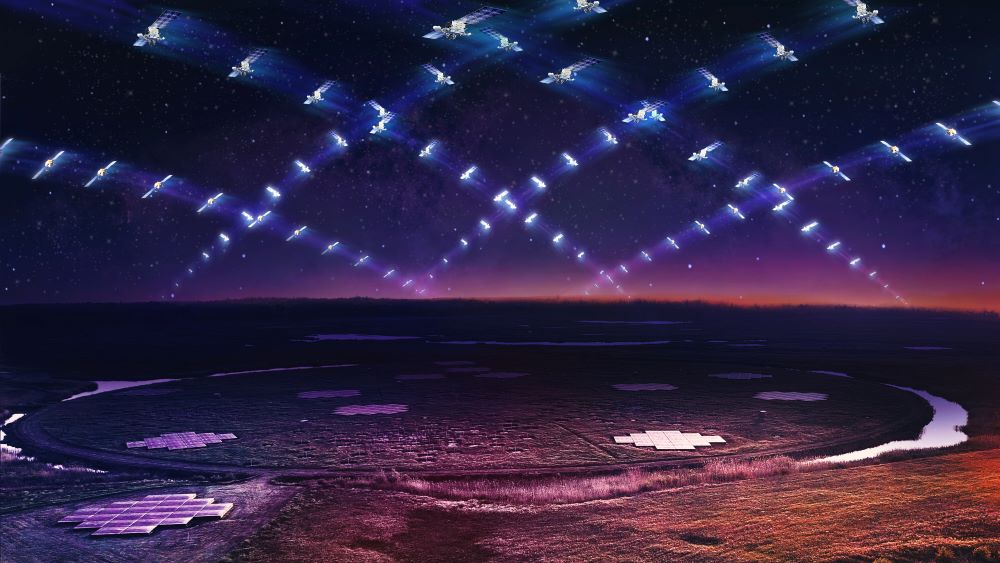The last time Patricia Cooper attended a meeting of the American Astronomical Society, she wasn’t sure what she was getting into.
It was January 2020 and Cooper, at the time a vice president at SpaceX, had agreed to represent the company on a panel discussion at the conference on the interference satellite constellations could create for astronomers.
That discussion was prompted by SpaceX’s first launch of 60 Starlink satellites a little more than six months earlier, widely visible in the night sky and alarming astronomers, who feared what tens of thousands of such satellites would do to their observations. “The term I kept hearing was ‘into the lion’s den,’” she recalled of preparations for the panel. “We didn’t know what was going to happen: pitchforks, rotten tomatoes?”
Despite the public outcry, fueled by social media, the actual discussion at the American Astronomical Society (AAS) meeting was polite and constructive. “It was a harbinger of how we are working now,” Cooper, now a consultant, said during a session at the most recent AAS meeting Jan. 10 in New Orleans.
In the four years that elapsed since that original discussion, the astronomy community has collaborated with SpaceX and other companies on ways to mitigate the impact of megaconstellations on optical and radio astronomy in the near term while seeking long-term regulatory solutions.
Breaking down stovepipes
The problem of satellite interference on astronomy has not been solved, astronomers made clear at the AAS meeting. “There’s some not-so-good news and some good news,” said Connie Walker, co-director of the International Astronomical Union’s Centre for the Protection of the Dark and Quiet Sky from Satellite Constellation Interference, or CPS. The not-so-good news, she said, was that the number of satellites “is increasing exponentially.”
“The good news is that companies are increasingly aware of the situation,” she…
Read the full article here

